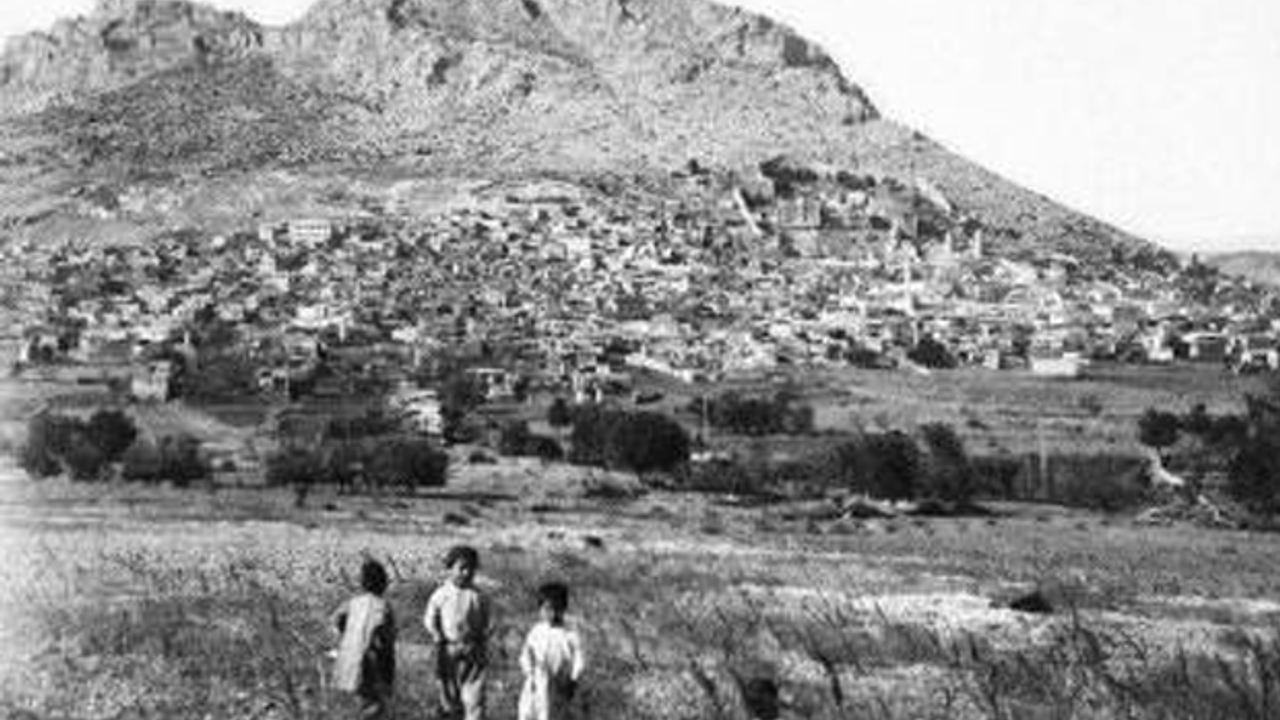Tarih boyunca etkinliğini ve önemini koruyan bir alan olarak karşımıza çıkan Kozan ve çevresi, geniş ve verimli arazileri ile dikkat çekiyor. Eski çağlardan bu yana birçok milletin hakimiyet mücadelesi içinde olduğu Kozan, iklim şartlarıyla birlikte kendine özgü bir değer taşır.
Tarih boyunca Çukurova ve dolayısıyla Kozan'da kurulan sayısız medeniyetler, bu bölgenin tarihi, coğrafi ve ekonomik önemini vurgulayan bir gerçek. Kozanın bu özellikle birleşen stratejik konumu, Anadolu - Suriye eski ticaret yolu üzerinde yer alması, ticaret açısından da Kozan'a büyük bir önem kazandırmıştır. Bütün bu olumlu şartlar, ilk çağlardan bu yana çeşitli kavimlerin bölgeye yerleşme ve hâkimiyet kurma hırsını tetiklemiş ve Kozan'ın çeşitli kavimler arasında el değiştirmesine neden olmuştur.
Kozan ilçesinin yerleşim tarihinin ne kadar eskilere gittiği konusunda net bir fikir yoktur. Ancak özellikle ilk çağlar için Çukurova'nın yerleşim tarihinden ayırmak neredeyse imkansızdır. Bu durumdan Kozan'ın yerleşim tarihini, Çukurova'nın yerleşim tarihi içinde değerlendirmek en uygun görüş olacaktır.
Eski adı "Sis", "Sisium" ve "Sision" olan Kozan, eski çağlardan bu yana yerleşimin merkezi olmuş. Arkeolojik kazılar sonucunda, burada en az 10 farklı medeniyetin yerleşmiş olduğu belirlenmiştir. M.Ö 3.binyılda Güney Anadolu sahil ovalarında yaşayan Luvi(Luwi) kavimleri, Hitit belgelerindeki adlarıyla tarih sahnesine çıkmışlardır.
Ancak bu medeniyetlerin listesi burada sona ermiyor. Ayrıca, Mersin - Yümüktepe ve Tarsus - Gözlükule kazılarında görülen M.Ö 3. bin yıl Erken Tunç kültürü, Luvi kavimlerine ait olduğu belirlenmiştir. Bu kavmine ait izler, Ege göçlerinden sonra da Kilikya bölgesinde bulunmuştur. Luvi halkının kökeni konusunda birçok teori mevcuttur.
Luvilerden sonra Çukurova bölgesinde Huriler tarafından Kizzuwatna ismi ile bir krallık kurulmuştur. Bu durum karşısında, Hitit Kralı Zidanza barış yapmak zorunda kalmıştır. İki büyük devletin sınırlarını büyük olasılıkla Toros Dağları çiziyordu.(M.Ö 1550-1520)
-----
Kozan, a place of strategic importance throughout history and its surrounding areas, have consistently played a central role in the power struggle between numerous civilizations throughout antiquity. Decked with fertile lands and a climate that is nothing short of splendid, Kozan and its surroundings have always stood out as desirable territories.
The historical, geographical, and economic significance of Kozan, a key location in the Çukurova region, has been underscored throughout history by the numerous civilizations that have been established in this area and the persistent battle for control amongst them. Kozan district holds a unique place on the historic trade route between Anatolia and Syria, adding a significant commercial value to it.
The beneficial conditions inherent in Kozan and its vicinity have been the driving factor inciting various tribes, throughout history, to seek dominance and settlement in the region. These aspirations have led to political disagreements and wars between nations, resulting in the transfer of power amongst different tribes over time. Distinguishing the settlement history of Kozan district, particularly for ancient times, from the overall Çukurova settlement history is an arduous task. Kozan's settlement history should, therefore, be assessed within the context of Çukurova's settlement history.
Archeological excavations have revealed that human settlement in Kozan, formerly known as "Sis", "Sisium", and "Sision", dates far back in history. It is believed that the region was inhabited by at least ten different civilizations. According to historical records, the Luvi (Luwi) tribes inhabited the southern Anatolian coastal plains in the third millennium BC. In line with the findings from the Mersin-Yümüktepe and Tarsus-Gözlükule excavations, the Early Bronze Age culture of the third millennium BC can be attributed to these Luvi tribes. These tribes sustained their existence in the Cilicia region even after the Aegean migrations.
The provenance of the Luvi people remains a topic of varied views. In Çukurova, a kingdom named Kizzuwatna was established by the Hurrians after the Luvi people. Faced with this situation, the Hittite King Zidanza was compelled to seek peace. The borders of the two states were likely separated by the Taurus Mountains during the period of 1550-1520 BC.












